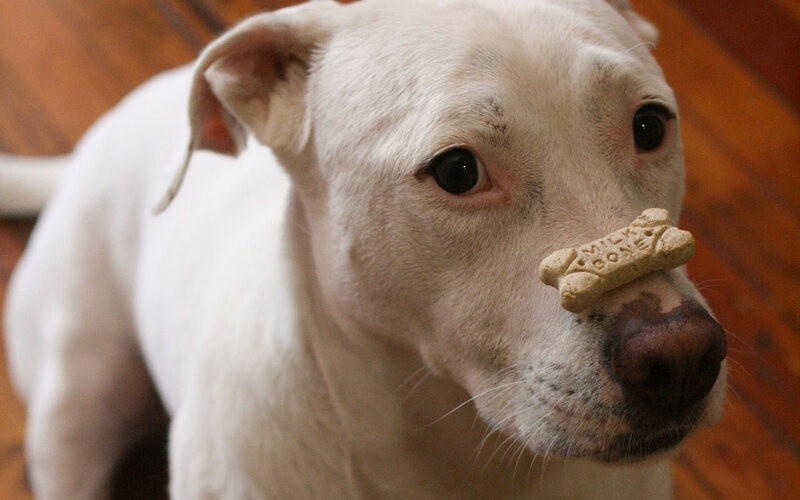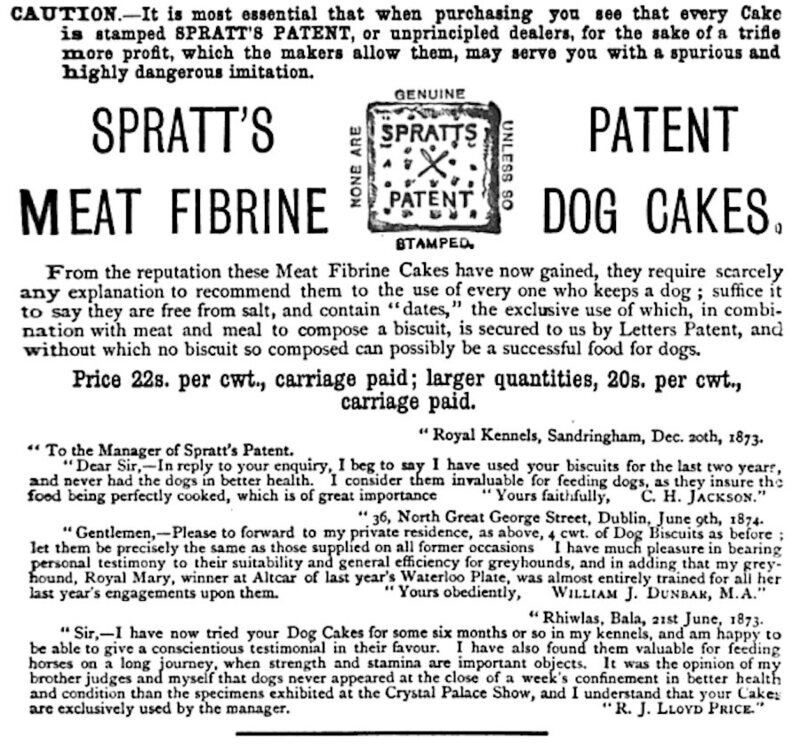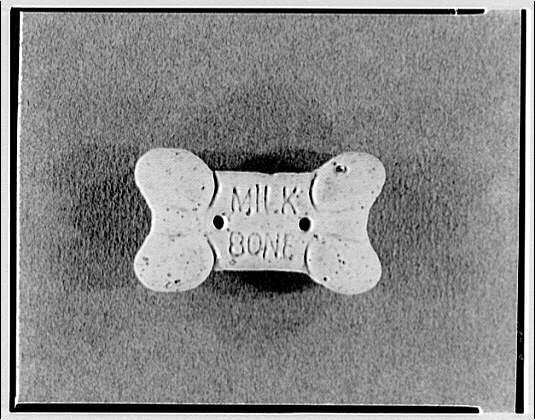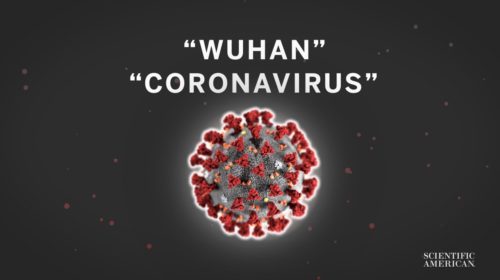How an Organic Chemist Invented the Bone-Shaped Dog Treat

Thevery first pet dog biscuits did not appear like the bone-shaped thrills these days. Developed by James Spratt in 1860, these supposed Meat Fibrine Dog Cakes were woefully square.
Spratt, an American electrical expert, developed the concept for a pet dog biscuit after he observed seafarers going down hardtack– an unleavened bread– for the neighborhood canines. He chose he can do the very same– as well as monetize it. His front runner firm, Spratt’s, was started right after. Their lead item, the Meat Fibrine Dog Cakes, were created from a mix of wheat, beetroot, veggies, as well as grassy field meat. (Thespecific sort of meat in Spratt’s formula was obviously very private; up until his fatality, Spratt “kept in his hands the contract for his meat supplier“)
Atthe moment, the idea of a food especially for canines was unusual. According to Katherine C. Grier, writer of Petsin America, “up until well right into the 20 th century, the majority of home canines lived off scraps from the cooking area, typically prepared with a starch right into something that individuals called ‘pet dog stew.'” But by the late 1800 s, Spratt’s had actually shuttled pet dog biscuits right into the mainstream– specifically for pet dog reveal entrants. In 1895, the NewYork Timesclassified Spratt’s a “principal food” of pet dog programs.
Spratt’s success quickly generated competitors.

Overa years later on, in 1907, natural drug store Carleton Ellis got an immediate demand. The proprietor of a neighborhood abattoir was having issues with all his excess “waste milk,” as well as he desired Ellis in order to help him locate an usage for it. Ellis would at some point build up over 753 innovations to his name as well as would certainly work as the pressure behind the production of margarine, polyester, paint as well as varnish eliminator, as well as anti-knock gas. If he located the milk demand strange, he did disappoint it. He consented to assist.
Likelymotivated by Spratt’s, Ellis chose to transform the waste right into food for his pet dog. After some testing, Ellis blended the excess milk with malt, grain, as well as various other items to create a pet dog biscuit– baked right into exactly what he thought would certainly be an attractive, rounded form.
Butwhen he evaluated the biscuits, his pet dog chose not to consume them.
Elliswas distressed. Clearly, the biscuit ought to have tasted wonderful to a pet dog. He was a MIT grad; he understood possibly greater than any person at the time concerning the substances in oils, oils, as well as varnishes. He had actually authored such thick, technological guidebooks as Hydrogenationof Oils Catalyzeas well as TheChemical Action of Ultraviolet Rays for biscuit’s purpose! Developing a reward that a pet dog would certainly consume must not have actually given this much of an obstacle.
Sohe chose to do something odd: he transformed the layout of the biscuit instead of the components. “I had some even more biscuits baked from the very same supply, however in the form of a bone,” he told PopularSciencein 1937, “as well as I located that my pet dog materialized a remarkable passion in the bone-shaped biscuit.”
Ellismost likely did pass by the bone-shape trick inadvertently. According to Grier, the organization in between canines as well as bones had actually currently been well developed. At the moment, butchers marketed meat with the bones still in, as well as lots of households utilized them in soups as well as brews. “Atcompletion the bone was committed the household pet dog, that chomped exactly what was left of it.”

Ellisquickly transferred his license to the F. H. Bennett Biscuit Company (whose name would certainly later on alter to the Wheatsworth Company), as well as they started manufacturing his bone-shaped pet dog deals with. In 1915, the biscuits made the tag of Milk-Bonefor their high portion of cow’s milk.
TheMilk-Boneconfirmed a deserving rival to Spratt’s Dog Cakes, as well as in 1931, the treat firm Nabisco bought it. Nabisco’s supermarket links offered the reward– which was marketed as a “dog’s dessert“– extensive direct exposure. Add in a glossy blog post-WorldWar II TELEVISION advertising project featuring the German shepherd from The Adventures of Rin Tin Tin, as well as the Milk-Boneattained universality.
Today, pet dog biscuits in the form of bones are undisputed– a charming trick that pet dog proprietors could sustain. But had it not been for the impulses of a natural drug store’s pet dog, they might not have actually ever before controlled the marketplace in the method they do currently.
Evenup until his fatality, Carleton Ellis could not choose whether his pet dog inclined the bone-shaped biscuits due to the fact that he suched as the layout “or whether, after my shaping the biscuit in an effort to cater to his taste, he [felt] duty bound to fool his master by simulating an interest in it“






